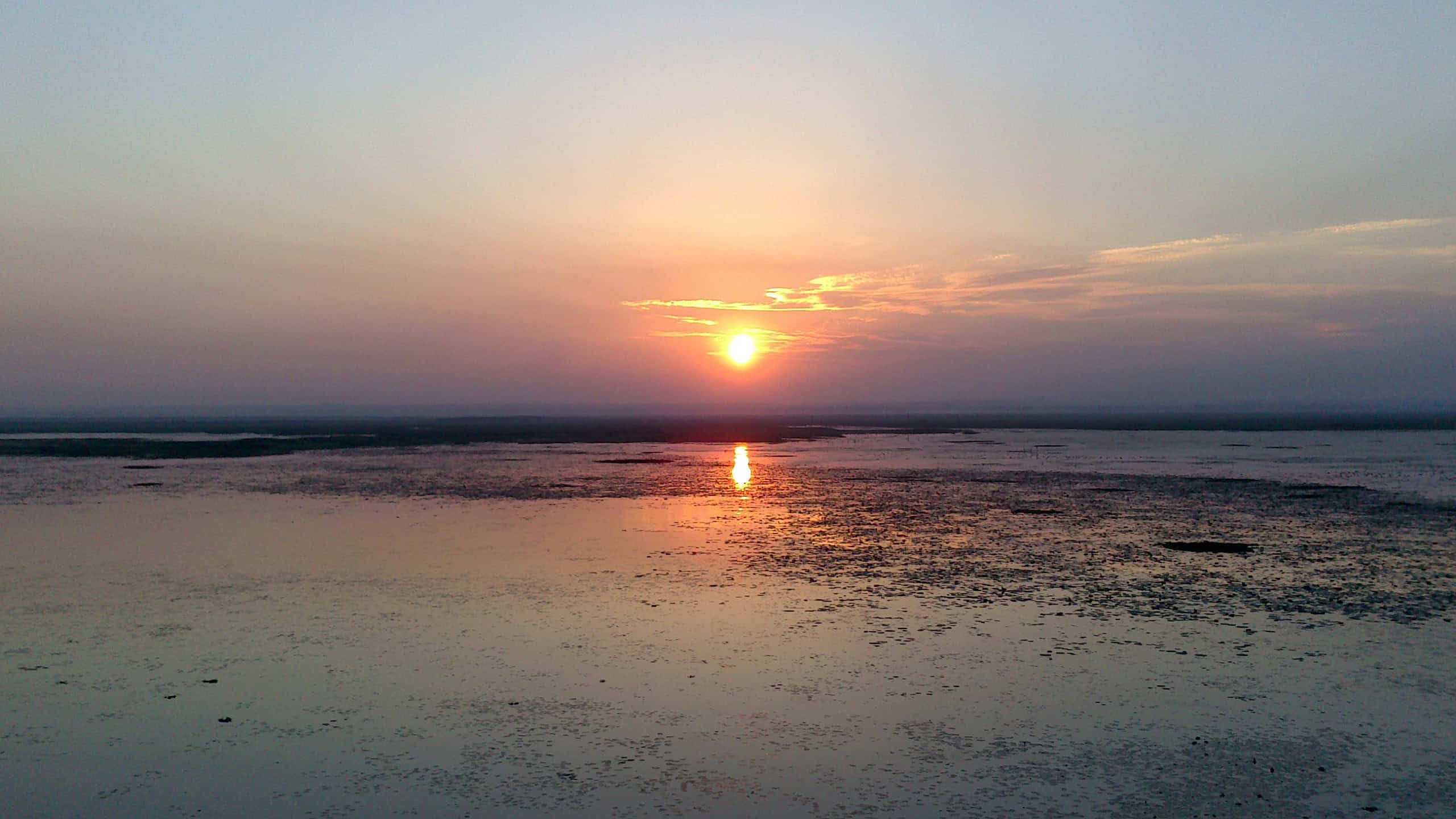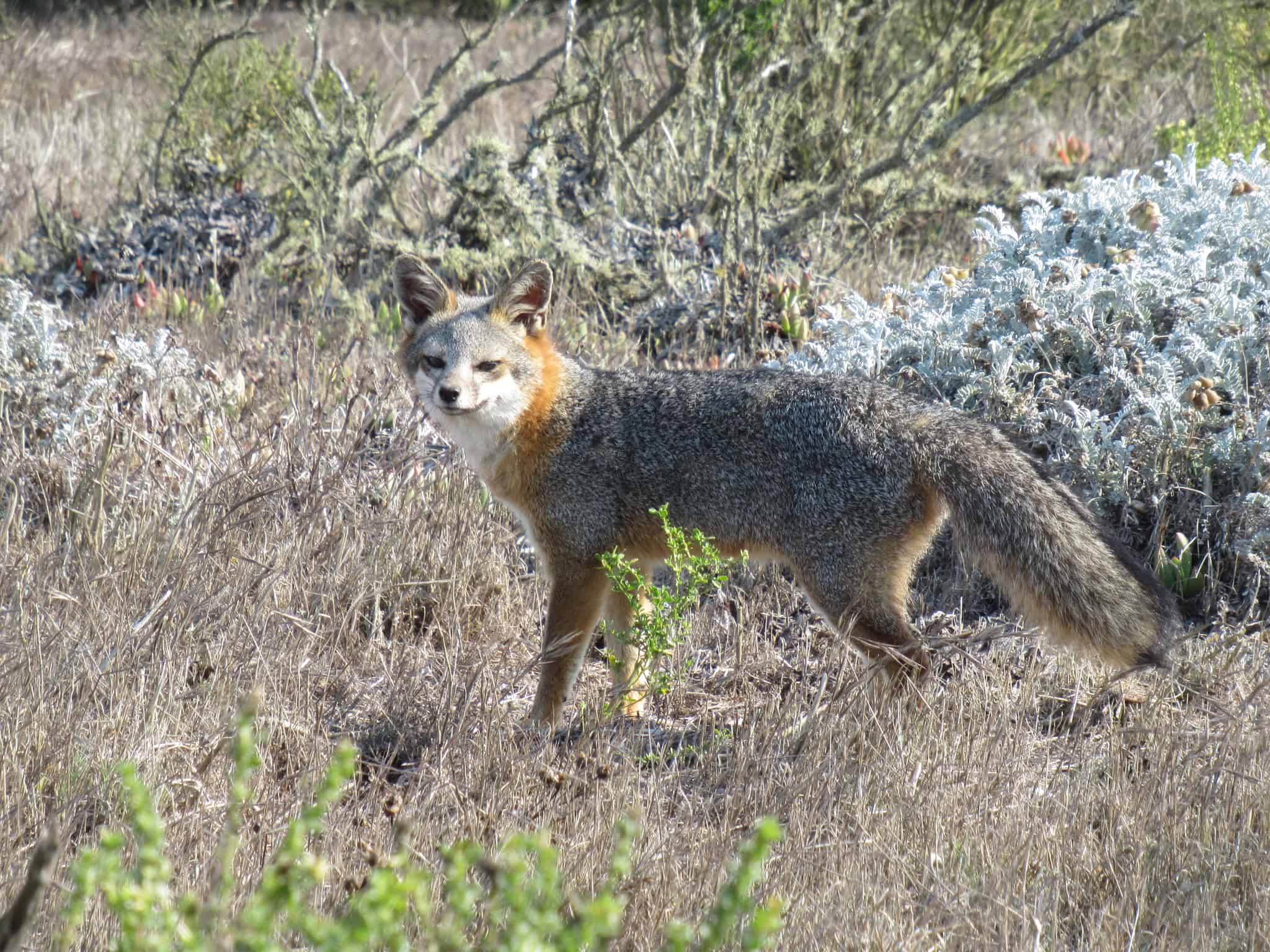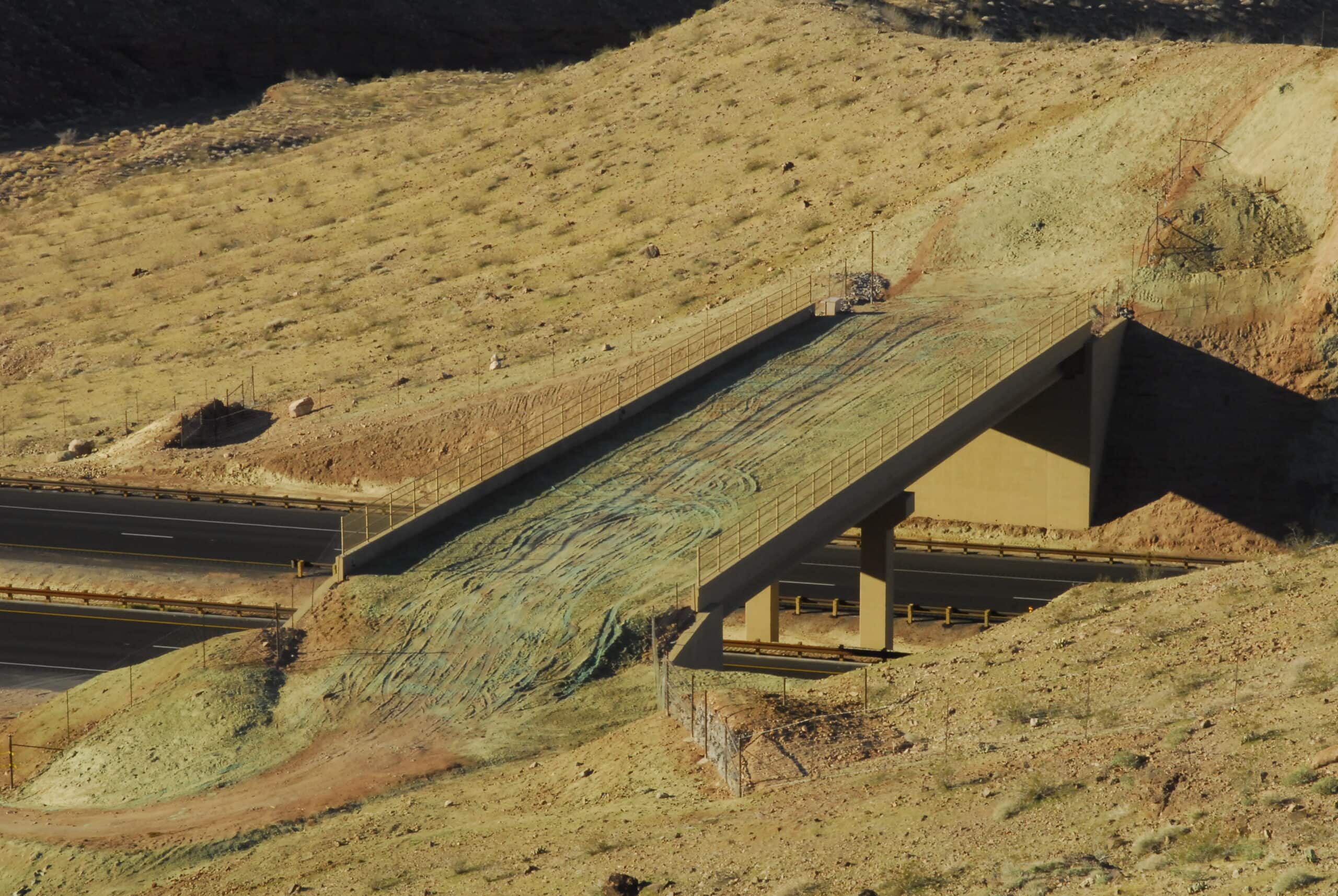Share this article
TWS Issue Statement: Oil and Gas Development in the Rocky Mountain West
Back to Position Statements page
The boom in oil and gas development in Colorado, Wyoming, and Alberta in the late-1970’s through the mid-1980’s sparked concerns among wildlife managers about impacts to wildlife from 1) direct loss of habitat; 2) intensive human/industrial activity displacing mule deer, pronghorn, elk, and sage grouse from habitats crucial to their survival; and 3) offsite impacts from human population growth, rural subdivisions, and infrastructure development. In 1989, wildlife agencies recorded what they had learned about wildlife responses to development disturbance in a compilation of recommended protection measures for wildlife, a result of collaboration among state and federal wildlife agencies, and oil and gas companies. At that time, few energy development studies existed that were capable of determining the effects of development on wildlife, so these wildlife protective measures, or stipulations (such as seasonal timing limitations or no surface occupancy) were based on best professional judgment and anecdotal evidence.
The current boom (largely in gas development) began in the mid-1990’s, first in Wyoming and then expanding to other Rocky Mountain states. A major expansion also began in Alberta and British Columbia. These oil and gas fields are more intensive and geographically larger developments than those of the 1980’s, include denser well spacing, and appear likely to persist for many decades. In the first decade of this gas boom, experience and scientific studies in Canada and the U.S. have shown that the management approach using stipulations to reduce impacts may not fully protect wildlife and habitats and is inadequate for the sustained conservation of wildlife resources.
The intensity of these developments and others under way in five Rocky Mountain states and Alberta and British Columbia are transforming not only biological systems, but the communities and lives of people who live there and travel there for recreation. Reductions and alterations in quality and availability of wildlife habitats affect not only wildlife, but also outdoor recreation opportunities in the area. Economic and social impacts may also affect outdoor recreation activities involving wildlife.
Recent fossil fuels developments include gas fields in the Powder River Basin of Montana and Wyoming, the Red Desert of Wyoming, the Piceance Basin of Colorado, in New Mexico, and the Book Cliffs in Utah, as well as tar sands mining in Fort McMurray, Alberta. Research on sage grouse in the Powder River Basin of Montana and Wyoming in the Powder River Basin has concluded that sage grouse may be extirpated from developed areas – when development occurs at a landscape scale – unless substantial blocks of habitat are protected. One new field at the Atlantic Rim in Wyoming will affect up to 145 sage grouse leks, a major mule deer herd, and other wildlife recreational uses for decades and will likely repeat the wildlife losses documented in Wyoming’s Upper Green Basin and elsewhere. Research on non-game species, as well as on ecosystem functions, is lacking.
Energy development is clearly poised to have a powerful impact on wildlife in the Rocky Mountains and associated sagebrush habitats. In some areas, 90% of federal lands are leased and available for immediate development. Current policy is pressuring federal agencies to expedite oil and gas leasing and development. This has greatly diminished the effective planning to minimize wildlife impacts at the field development stage. Mitigation on developed sites is being attempted through restoration of native vegetation, but arid habitats, especially given a prolonged drought in the U.S., pose serious challenges. New techniques, such as covering drilling sites with wooden platforms to avoid soil and root disturbance, are promising but not widely used. A variety of “best management practices” (BMP’s), such as minimizing roads and keeping well pads as small as possible, are in use by some companies. However, even those developed by BLM to guide development are predominantly voluntary. BMP’s do not currently provide adequate protection for wildlife habitat; none have been subjected to research to determine their effectiveness.
Offsite, landscape scale habitat enhancement projects do not directly mitigate specific resource losses from energy projects and cannot take the place of stronger requirements for avoidance of resource damage before and during development. Complicating the management challenges facing wildlife professionals is the reality that pressures from outside sources impact the ability of these professionals to be effective and make decisions based on sound science.
The scope of this modern gas and oil development surge is unprecedented and threatens to reduce 1) wildlife habitats and populations, 2) traditional uses of wildlife and their habitats, and 3) sustainable economic benefits upon which local communities depend (such as tourism, hunting, and fishing).
Current management is not achieving the intent of federal land management policy and legislation. Furthermore, science supporting such management has not been applied in an effective manner. It is reasonable and socially responsible to manage energy projects on public lands in a manner that sustains fish and wildlife habitat and public recreation, and protects environmental and ecological values, including air and water quality, and provides for aesthetic considerations.
Therefore, it is the position of The Wildlife Society in developing the oil and gas resources of the Rocky Mountain West that:
- Experience with development impacts on wildlife during previous and current oil and gas booms presents opportunities for improved management of the energy development process (from exploration to abandonment) that should be used by the responsible agencies to avoid negative impacts to wildlife.
- Adequate procedures to avoid and minimize impacts, including programmatic requirements that need to be met during well field planning and development, must be established as lease stipulations.
- Early and continuing cooperation between state, provincial, and federal agencies in land use planning and NEPA analysis should be encouraged.
- Pre-lease planning should include state/province-wide mapping efforts to identify areas of high importance to wildlife, including habitat required for populations of sensitive species to remain viable, big game crucial winter ranges and migration corridors, areas sustaining a high density of sage grouse leks, and those intact portions of the landscape without substantial habitat fragmentation. The mapping effort should also identify suitable areas to potentially serve as refugia for sensitive species, where drilling activities would be prohibited, and to maintain functionally contiguous habitats.
- Pre-project conservation plans for sustaining wildlife and their customary uses by people should be a) based on state or provincial wildlife conservation plans for habitats and populations, b) constructed with clear wildlife objectives and thresholds for management action, and c) in full coordination with state and provincial wildlife agencies and other affected interests.
- State and provincial wildlife agencies are encouraged to issue a formal, science-based finding (statement of record) at the conclusion of each resource management planning process, well field planning process, or permitting process that authorizes drilling. These statements should objectively describe whether each plan or the provisions of a drilling permit would adequately protect important wildlife resources affected by the proposed action and describe the impacts, including cumulative impacts, anticipated as a result of the action.
- The development process (from leasing to drilling, production, and abandonment) should be actively managed to achieve multiple uses of public lands and resources through a transparent adaptive process that includes a) scientific monitoring, b) evaluating monitoring results, and c) using monitoring and evaluation information to adjust well field operations to reduce impacts to wildlife.
- Protecting wildlife values during development should follow Council on Environmental Quality (CEQ) Guidelines to a) avoid the impact altogether by not taking a certain action or parts of an action, b) minimize impacts by limiting the degree or magnitude of the action and its implementation, c) rectify the impact by repairing, rehabilitating, or restoring the affected environment, d) reduce or eliminate the impact over time by preservation and maintenance operations during the life of the action, or e) compensate for the impact by replacing or providing substitute resources or environments.
- Federal, provincial, and state agencies have the authority and mandate to require reasonable planning and mitigation measures that will minimize and avoid impacts to wildlife and sensitive habitats. However, the appropriate management practices and planning considerations are not being consistently or effectively applied. Protective measures (best management practices) should be required as needed to protect and sustain wildlife resources and mitigate unavoidable impacts. Oversight and enforcement of such measures is key to ensuring their effectiveness.
- Some unique Rocky Mountain habitats, such as native shrub ecosystems, crucial winter ranges for big game, and sage grouse reproductive habitats are difficult or impossible to replace when impacted by intensive oil and gas field developments. The most effective way to mitigate oil and gas impacts is to avoid the impacts altogether, or to minimize them through planning considerations and operational management practices.
- Prior to developing a field, a complete inventory of resources should be completed, including soils, geology, vegetation, aquatic resources, wildlife, and other environmental and ecological considerations, to provide a complete baseline for monitoring and to formulate mitigation.
- To improve our understanding of the impacts oil and gas exploration and development have on wildlife populations, and whether specific mitigation measures are effective, additional long-term studies are critically important. Agencies should base development decisions on the science that is the product of these studies.
- In some areas, standard management practices have been or will be inadequate to protect important fish and wildlife resources when oil and gas is developed intensively, especially where multiple important habitats overlap. In these areas, special designations should be used, to assure surface management decisions are based on the most current sound science and resource information.
The Wildlife Society’s Position Statement on Energy Development and Wildlife states the Society’s support for “a transparent adaptive energy development process that includes a) scientific monitoring, b) evaluating monitoring results, and c) using monitoring and evaluation information to adjust operations to reduce negative effects to wildlife and other natural resources” (TWS 2016).
Oil and Gas Development in the Rocky Mountain West Issue Statement pdf








